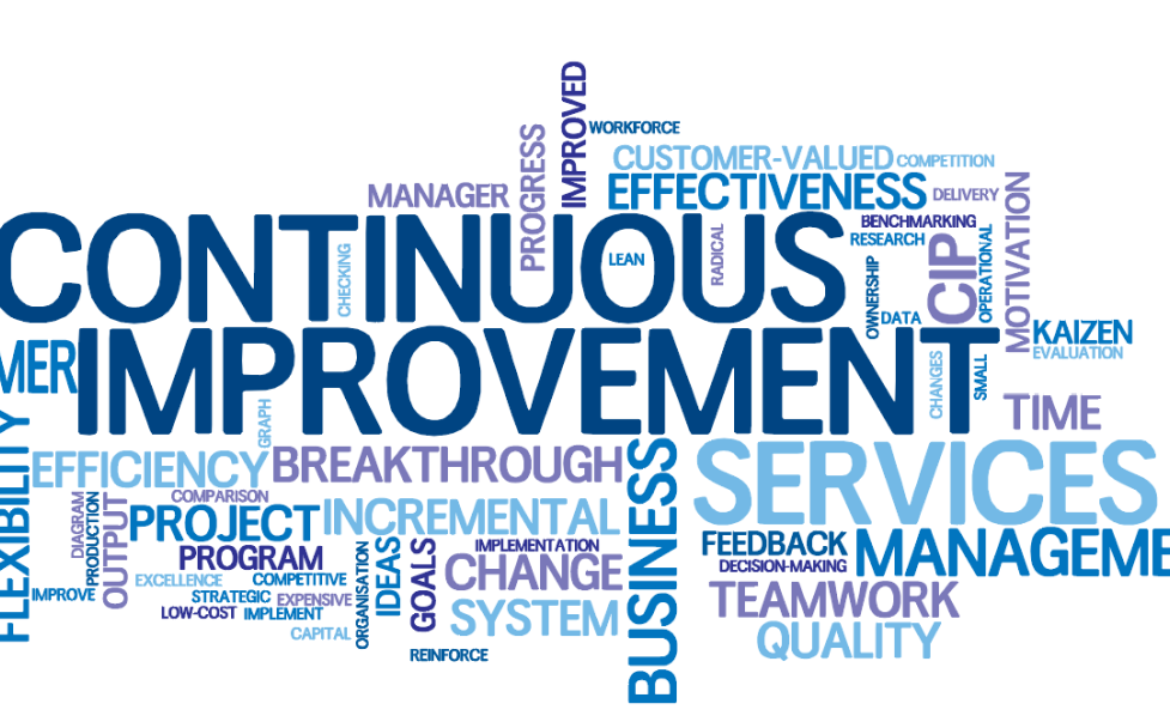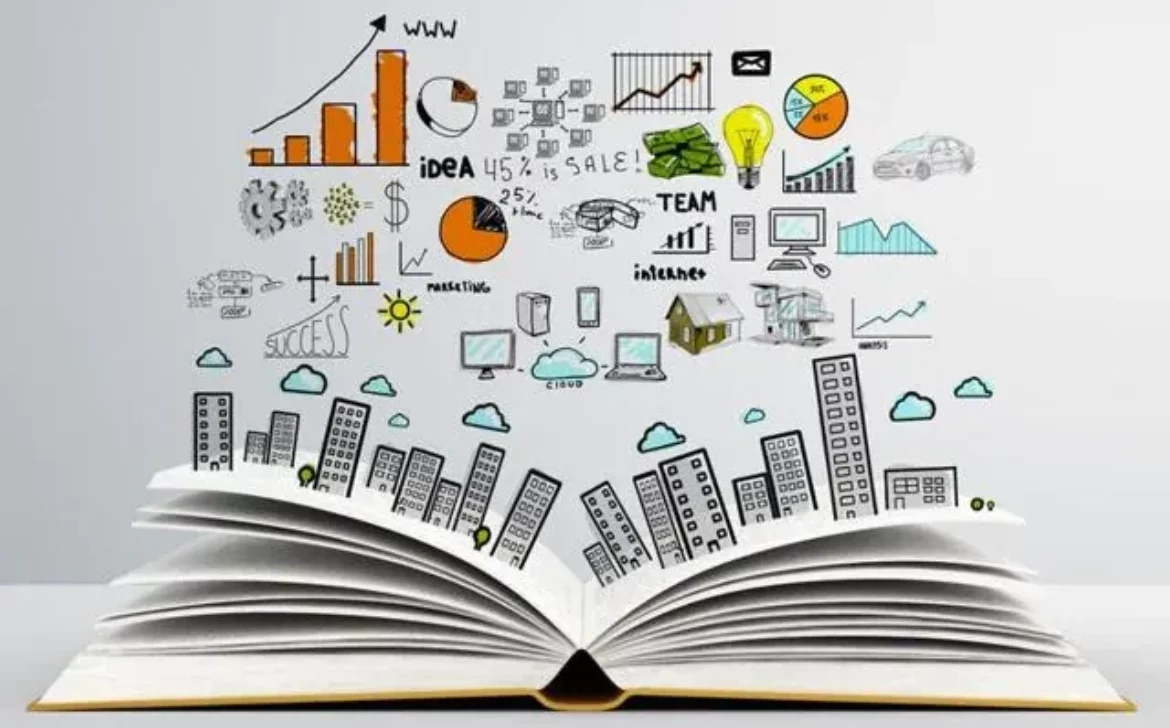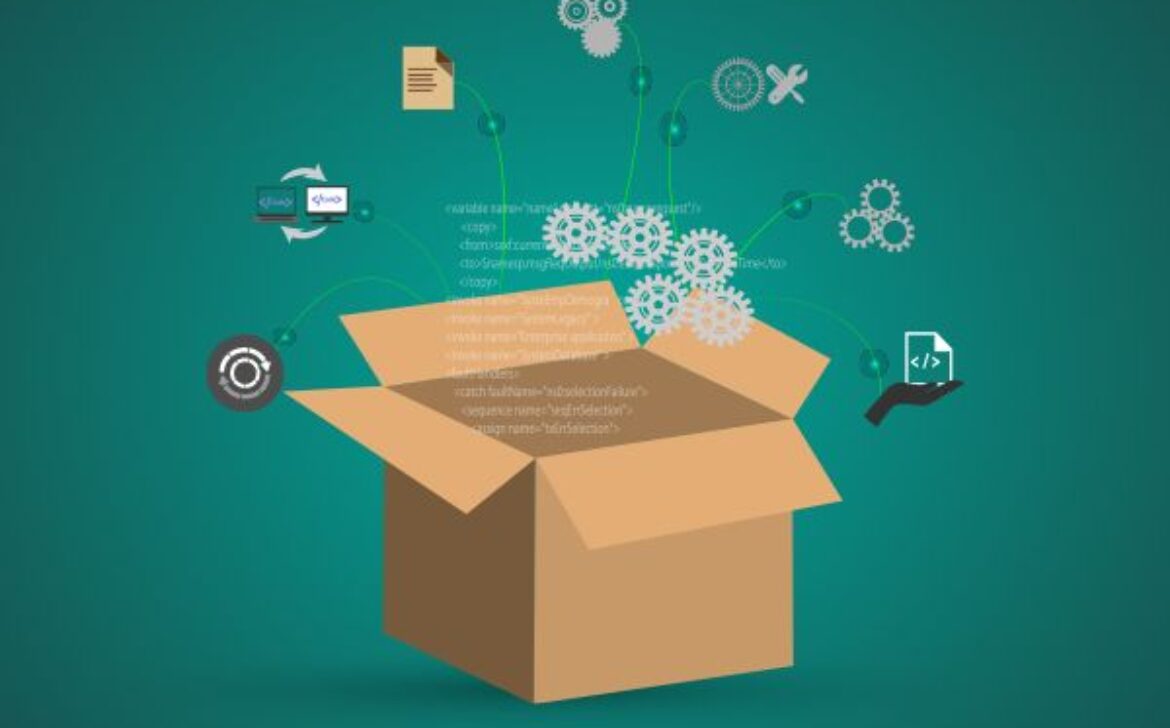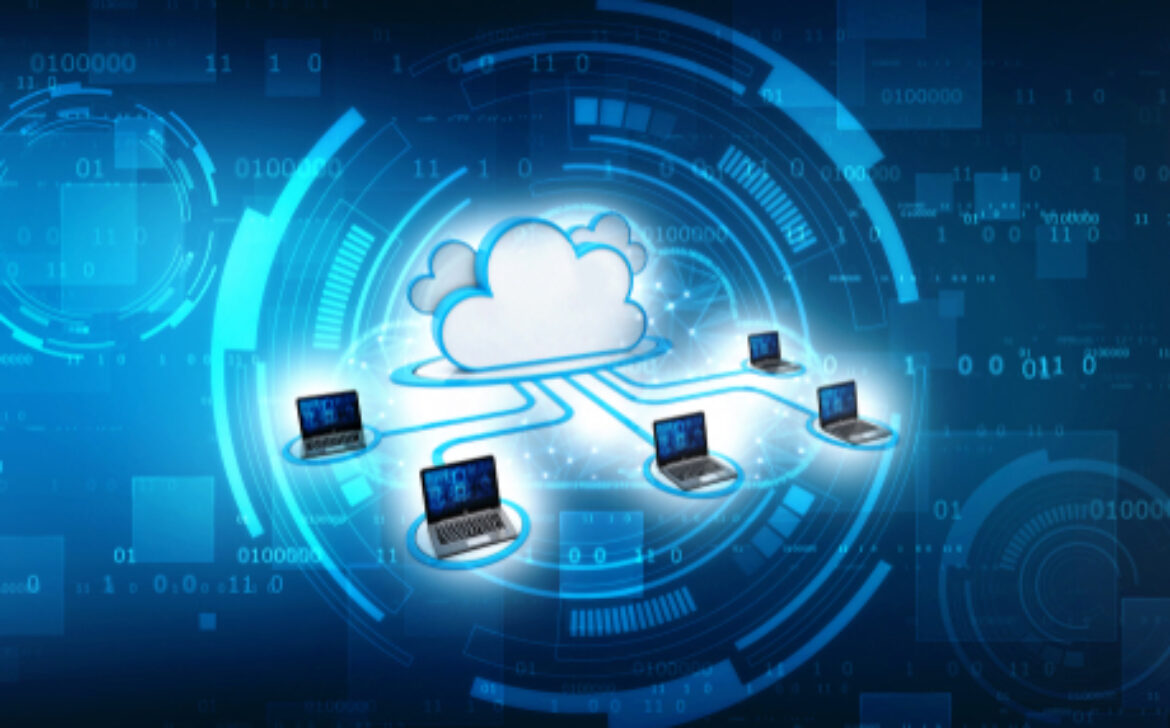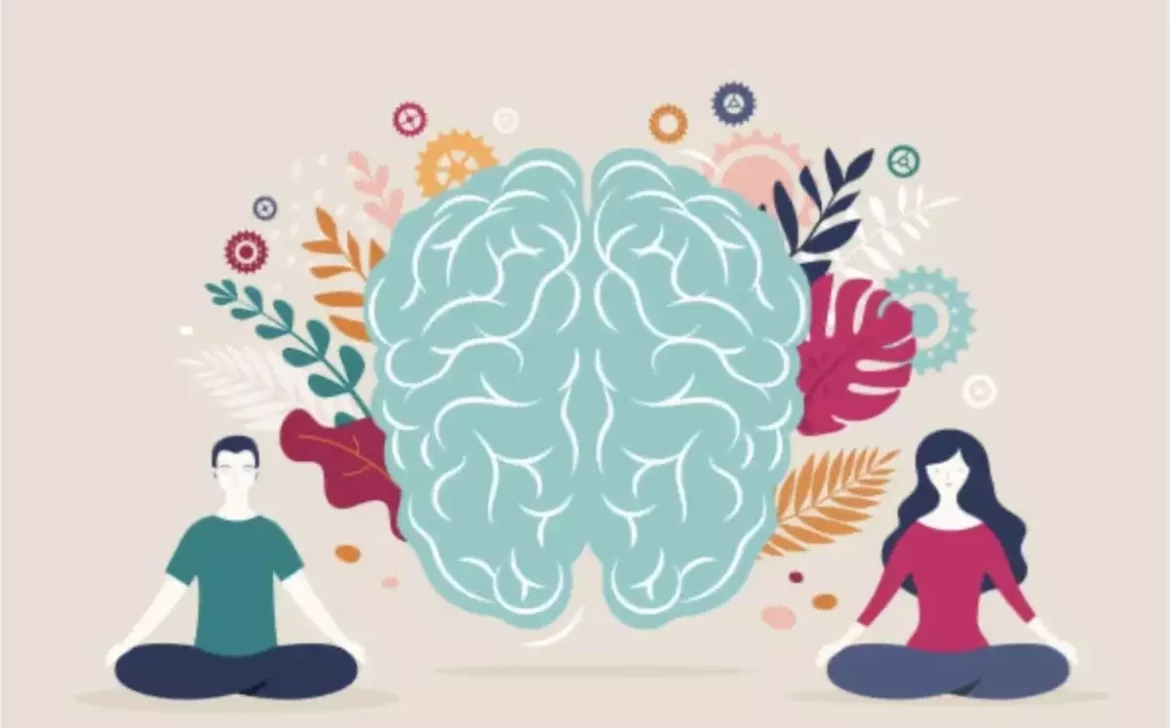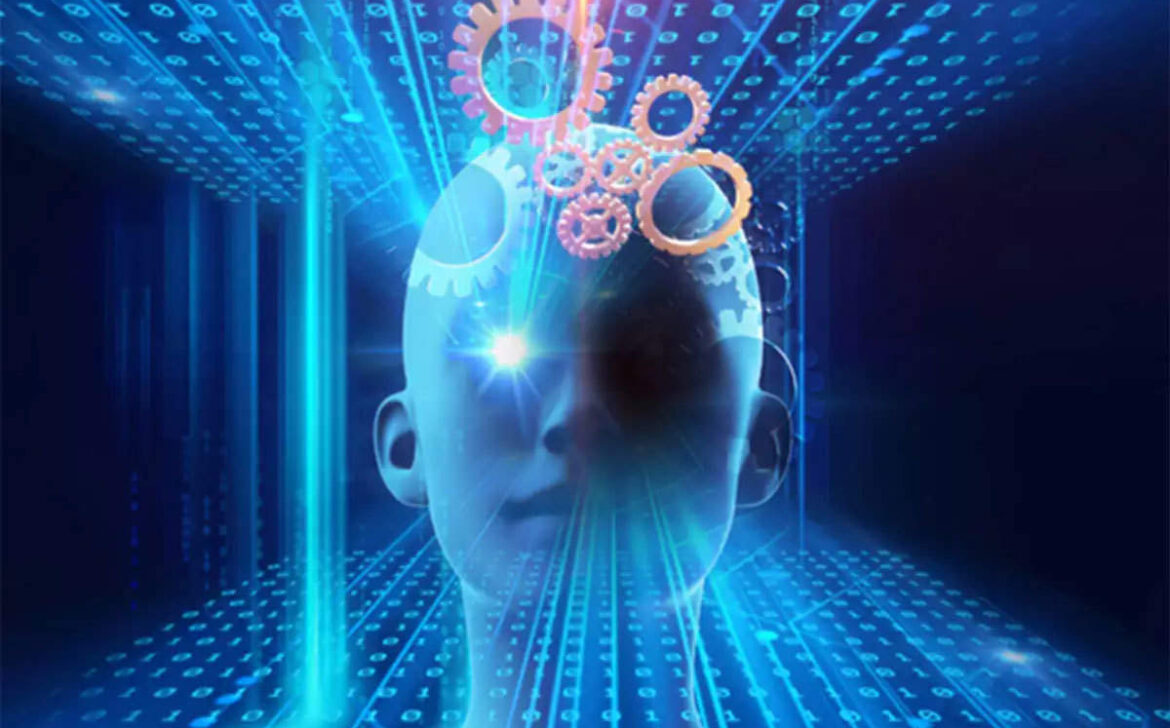Unlocking the Power of Education: A Journey of Continuous Improvement
Introduction
Welcome to our blog on “Improvement in Education.” Education is the key that unlocks the doors to a brighter future. As societies evolve, so must our approach to education. This blog aims to explore the ever-evolving landscape of education, highlighting the initiatives, innovations, and strategies that foster continuous improvement in the learning process. Join us on this journey to discover how we can create a better world through education.
- Embracing Technology: The Digital Revolution in Education
In recent years, technology has dramatically transformed the way we access information and interact with the world. The integration of technology into education has opened up new possibilities for learners and educators alike. From interactive learning platforms to online classrooms, technology offers personalized and flexible learning experiences that cater to diverse learning styles. This digital revolution is breaking down barriers to education, making it accessible to learners worldwide.
- Student-Centered Learning: Empowering the Next Generation
Gone are the days of passive learning, where students sat in rows, listening to lectures. The shift towards student-centered learning has revolutionized education by placing students at the core of the learning process. This approach acknowledges that every student is unique and fosters individual growth, creativity, and critical thinking. Empowered students become active participants in their education, leading to a deeper understanding and a genuine passion for learning.
- Inclusive Education: Celebrating Diversity and Nurturing Potential
Education should be a bridge that connects people from all walks of life. Inclusive education goes beyond just accommodating students with disabilities; it embraces diversity in all its forms, including race, gender, ethnicity, and socio-economic background. By providing an inclusive environment, we celebrate each student’s unique potential and create a society that thrives on empathy and understanding.
- Lifelong Learning: Embracing Education at Every Stage of Life
Education is not confined to the classroom or a certain phase of life. Lifelong learning encourages individuals to pursue knowledge and personal development continuously. It empowers people to adapt to changing circumstances, acquire new skills, and remain competitive in an ever-evolving job market. By promoting a culture of lifelong learning, societies can unlock the full potential of their citizens.
- Educator Empowerment: Nurturing the Catalysts of Change
Behind every successful education system are dedicated and passionate educators. To achieve significant improvement in education, we must prioritize the professional development and well-being of our teachers. Empowering educators with the necessary tools, resources, and support fosters a positive learning environment, leading to better student outcomes and higher levels of engagement.
- Education and Sustainability: Fostering a Global Perspective
As we tackle global challenges such as climate change, poverty, and inequality, education plays a crucial role in creating a sustainable future. By integrating sustainability education into the curriculum, we can equip students with the knowledge and skills needed to become responsible global citizens. Educating future generations about environmental conservation, social justice, and ethical decision-making ensures a brighter and more sustainable world.
Conclusion
Improvement in education is an ongoing journey, shaped by the collaborative efforts of learners, educators, policymakers, and communities. By embracing technology, adopting student-centered approaches, fostering inclusivity, promoting lifelong learning, empowering educators, and integrating sustainability, we can unlock the full potential of education and build a brighter future for generations to come. Let us join hands in this noble endeavor and embark on a path of continuous improvement in education. Together, we can create a world where knowledge knows no bounds.

